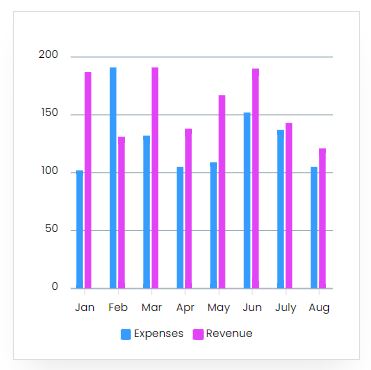Project Report For Denim Washing
Introduction
Project report for denim washing is as follows.
Denim is made with sized warp yarn, which results in a rough, unyielding fabric. Such a material is difficult to wear due to its unpleasant texture. Furthermore, despite the homogeneous appearance of indigo cloth, buyers’ desire for fashion and variance has boosted the demand for stitched clothing to undergo various chemical and other operations.

Get Completely Custom Bankable Project Report
Raw Material For Denim Washing
The washing process requires various chemicals, such as caustic soda, hydrogen peroxide, enzymes, potassium permanganate, sodium hypochlorite, calcium hypochlorite, etc. depending on the desired appearance and feel of the garment.
Sand, pebbles, pumice stones, and other materials are also necessary to achieve the ideal stone washing or sandblasting effects. Additionally required are an effluent treatment plant and fuel for a small boiler (such as coal, oil, or gas). With Dyes & Chemicals makers, all of these chemicals and fuels are conveniently accessible.
Market Potential of Denim Washing
The value of the worldwide denim market was USD 70.71 billion in 2021, and it is expected to increase at a CAGR of 6.2% from 2022 to 2030.
Expenses

Product Cost Breakup

Reveneue Vs Expenses

Market Trend

There are numerous denim garment wash kinds. To keep up with the desire for fashion, marketers frequently develop new wash effects. Enzyme wash, bleach wash, stone wash, caustic wash, tinting, snow wash, sand blasting, etc. are a few popular wash kinds. Scouring or desizing, where the garment is thoroughly rinsed to eliminate extra sizing material, is the first step in the procedure. In order to make fabric feel soft, softening chemicals are utilised.
The garment is then put through additional processes as requested by the buyer after drying. The amount of chemicals used, the temperature cycle, the amount of time, and how the clothes are handled during the process are all crucial because results might vary greatly if procedure conditions are not followed.
The garments are drained, dried, and cooled after each wet step before going through these two further processes, if any. The clothing is finally loaded into HDPE or bulk polythene bags before being delivered to the clients.

